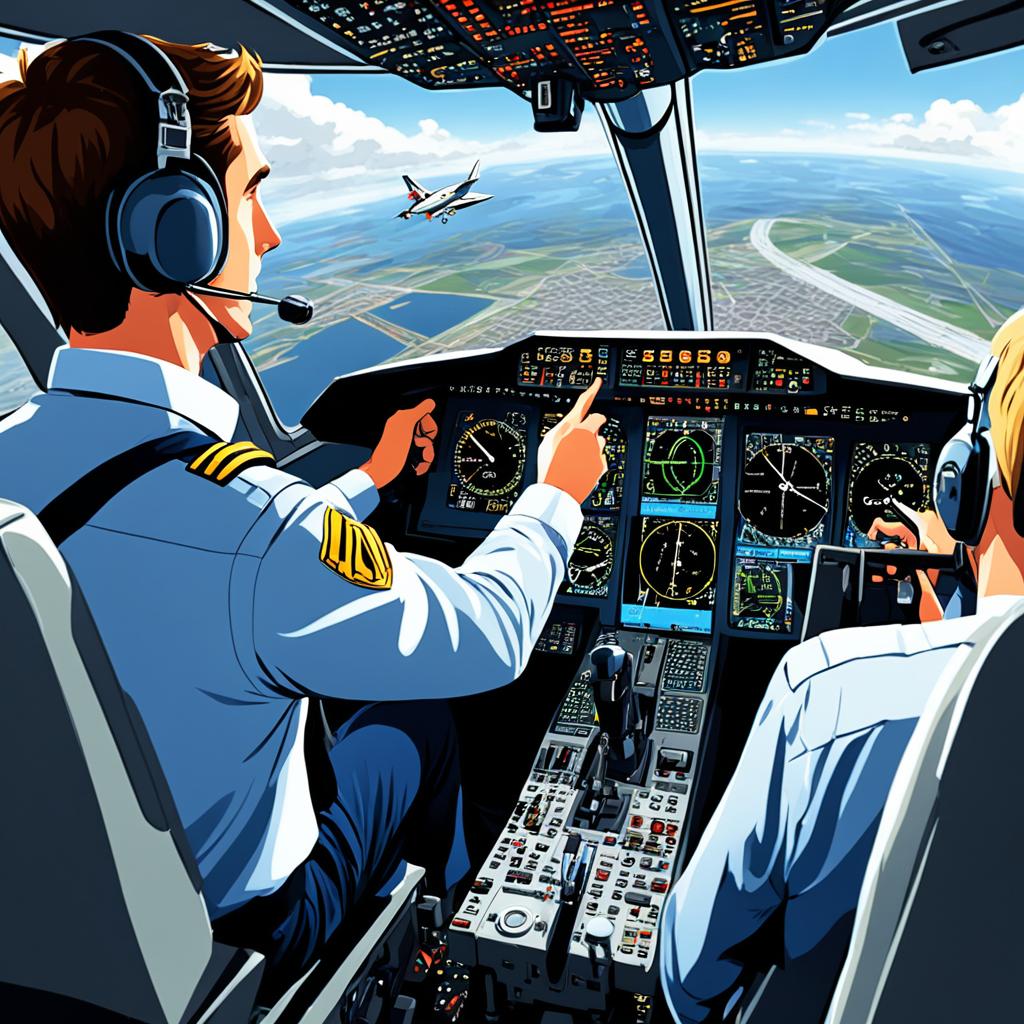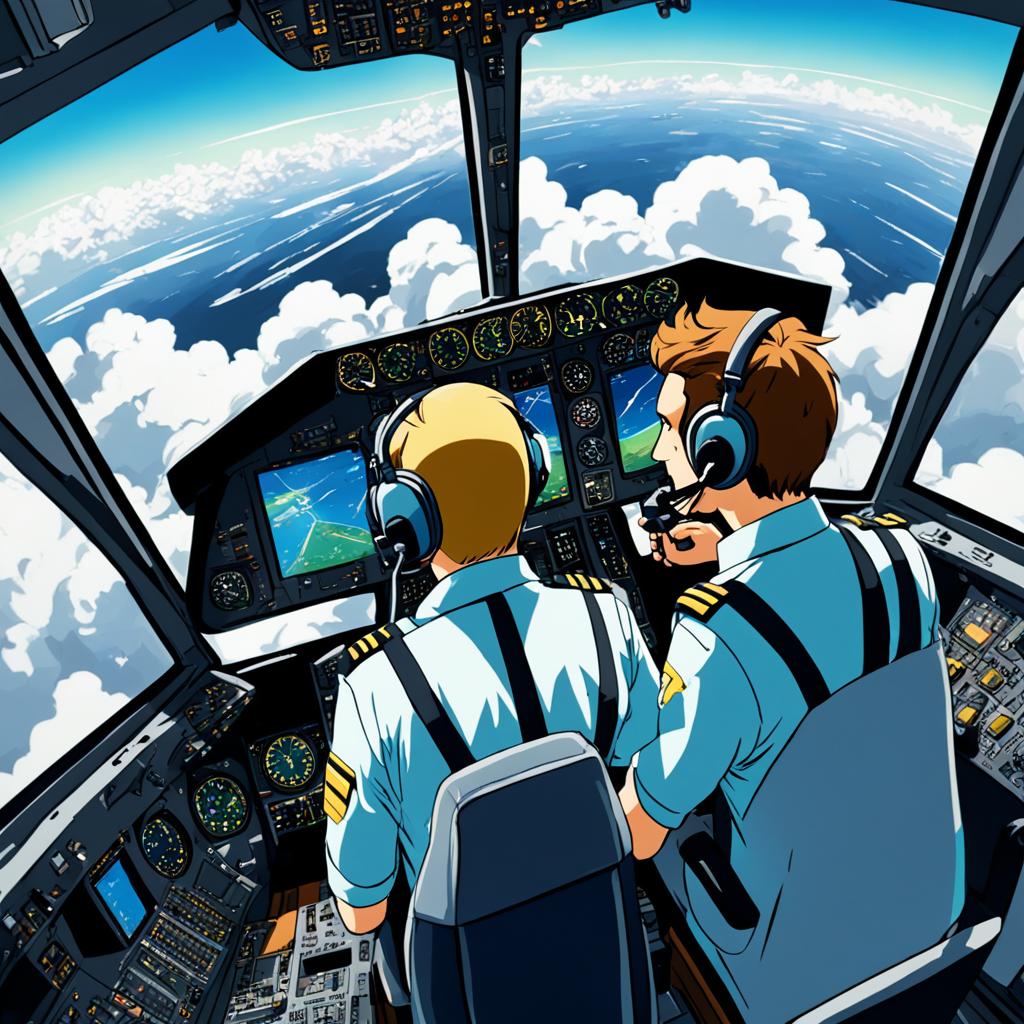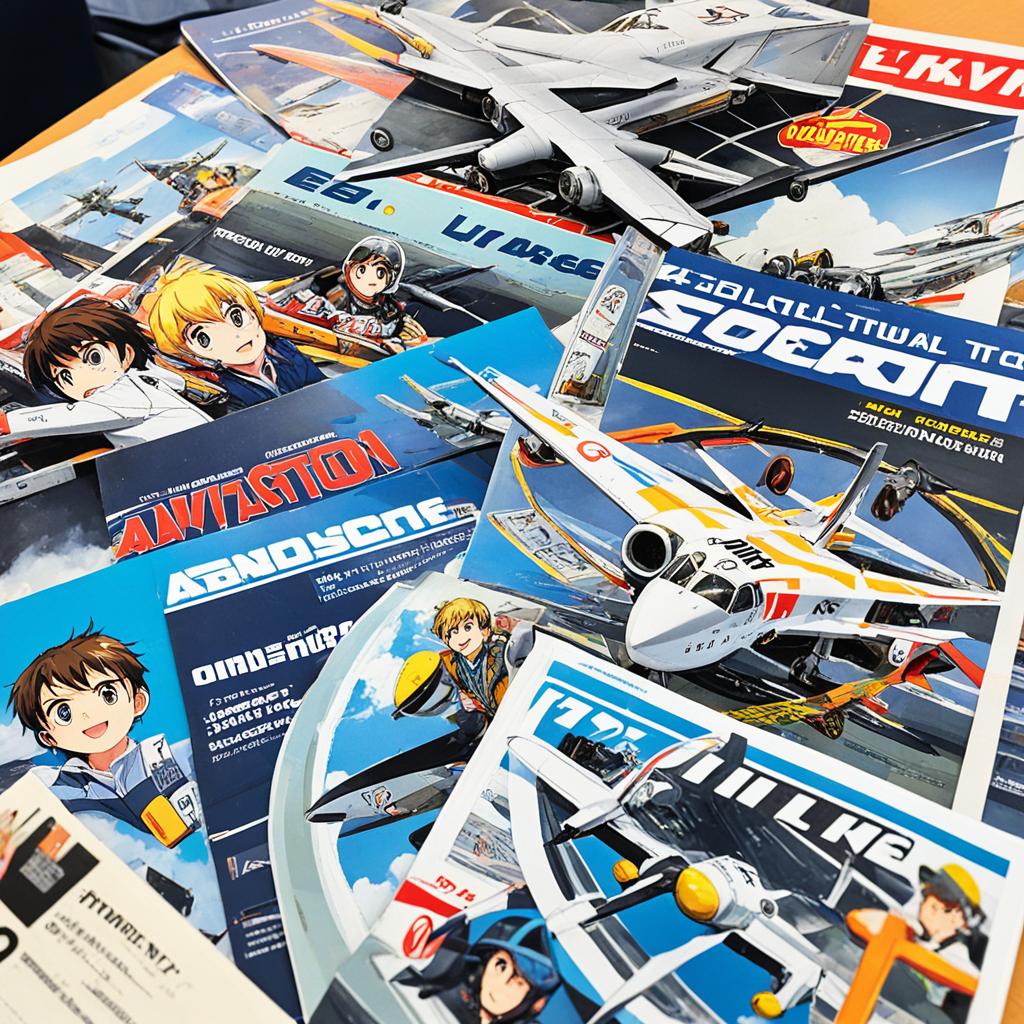According to various sources, airline pilots have different rules and regulations regarding reading materials during the cruise portion of the flight. While most airlines allow pilots to read company material, the definition of “company material” can be loosely interpreted. This means that pilots may be able to read books, newspapers, and magazines during the flight. However, it ultimately depends on the specific policies of the airline they work for.
Rules and Regulations for Pilots’ Reading Materials
The rules regarding reading materials for airline pilots can vary between different airlines. While some companies have strict policies that allow pilots to read only “company material,” others may have more relaxed regulations in place. It is essential for pilots to understand and comply with these rules, as they bear the responsibility for the safe operation of the aircraft.
When it comes to the use of personal laptops and electronic devices, the policies also differ among airlines. Most airlines require that any activity involving these devices be directly related to the flight or training. This means that pilots should use their electronic devices for purposes such as accessing flight manuals, navigation charts, or training materials.
By adhering to these rules and regulations, pilots can ensure that their attention remains focused on the task at hand and that they are fully prepared to handle any situation that may arise during the flight.
Cockpit Protocols and Distractions

During cruising altitude, pilots experience a lower workload compared to take-off and landing, but there are still important tasks that require their attention. These tasks include:
- Position reports: Pilots need to communicate their aircraft’s position to air traffic control at specified intervals to ensure safe navigation.
- Monitoring fuel burn: Pilots must closely monitor the fuel consumption to ensure they have sufficient fuel to complete the flight safely.
- Following the flight plan: The flight management computer needs to be continuously checked to ensure it is accurately following the predetermined flight plan.
While pilots may have personal distractions, such as reading materials, it is crucial for them to remain attentive to their surroundings and adhere to proper procedures. As long as pilots can multitask without compromising safety, they can manage these distractions effectively.
However, it is important to note that pilot fatigue is a significant concern, especially during overnight flights. To combat fatigue and stay alert, pilots should keep the flight deck well-lit and engage in conversation with their co-pilot. This helps prevent drowsiness and maintain focus on the flight.
| Distractions | Management Techniques |
|---|---|
| Reading materials | Ensuring attentiveness and following proper procedures |
| Fatigue | Keeping the flight deck well-lit and engaging in conversation |
What Pilots Can Do During Flight

While flying, pilots have the flexibility to engage in various activities as long as they prioritize safety and follow proper procedures. Along with actively flying the plane and monitoring critical systems, pilots may choose to listen to music, read, solve puzzles, or even take short naps during certain conditions. Autopilot may assist with flying the aircraft, but pilots must remain attentive and prepared for any unexpected situations. Their primary responsibility is to ensure the safety and well-being of everyone on board.
Pilots have demanding responsibilities that require them to maintain a high level of proficiency and focus. While the autopilot system can automatically control the aircraft’s trajectory, pilots must actively monitor the flight and be prepared to intervene if necessary. They undergo extensive training and are equipped with the knowledge and skills to handle a wide range of scenarios.
During long-haul flights, pilots often face periods of reduced workload. As long as safety is not compromised, they have the opportunity to engage in activities to help pass the time and maintain alertness. Listening to music can provide relaxation and a mental break, while reading allows pilots to stay mentally stimulated. Solving puzzles and engaging in light cognitive activities can help keep their minds sharp.
| Activities Available to Pilots During Flight | Safety Considerations |
|---|---|
| Listening to music | Pilots must ensure that music does not distract them from their primary duties and that they can hear important audible cues. |
| Reading books or magazines | Pilots should choose materials that can be easily interrupted and do not require prolonged concentration. |
| Solving puzzles or playing games | Pilots must prioritize surveillance of aircraft systems and external environment over engaging in cognitive activities. |
| Taking short naps during certain conditions | Pilots must follow proper rest guidelines and ensure they are awake and alert in case of any emergencies. |
It’s important to note that while pilots may have the freedom to engage in these activities, safety is always the top priority. They must be ready to respond to any changes or emergencies that may arise. The aviation industry has strict regulations and protocols in place to ensure that pilots are well-rested and mentally prepared for their duties.
By maintaining a balance between necessary tasks and permissible activities, pilots can stay focused, alert, and prepared, ultimately ensuring the safe and efficient operation of the aircraft.
Challenges and Considerations for Pilots
Being a pilot comes with its own set of challenges and considerations. Duty time includes not just the actual flying time but also the time required for pre-flight and post-flight activities. Fatigue management is crucial, especially during long-haul flights and time zone changes. Layovers can vary in quality and duration, and pilots must find ways to cope with fatigue and maintain a proper rest schedule. Despite the appealing aspects of being a pilot, there are also difficulties, such as managing stress and dealing with demanding schedules.
Pilots have a demanding job that requires precision, focus, and mental and physical stamina. The responsibilities they carry while in the cockpit are immense, and they need to be able to handle the pressure and make split-second decisions. It’s not just about flying the plane but also about managing the crew, communicating with air traffic control, and ensuring the safety of everyone on board.
Additionally, pilots face the challenge of constantly adapting to new technologies and regulations. As aviation advances, pilots need to stay updated with the latest equipment, procedures, and training. It’s an industry that requires continuous learning and improvement.
FAQ
Q: Can airline pilots read in flight?
A: Yes, airline pilots are generally allowed to read during the cruise portion of the flight. However, the specific rules and regulations regarding reading materials may vary among airlines.
Q: What are the rules and regulations for pilots’ reading materials?
A: The rules regarding pilots’ reading materials differ from airline to airline. While some airlines may strictly allow pilots to read only “company material,” others may have more relaxed policies that allow for reading books, newspapers, and magazines. It is important for pilots to understand and adhere to the specific policies of the airline they work for.
Q: How do cockpit protocols and distractions affect pilots’ reading?
A: During cruising altitude, pilots have a lower workload compared to take-off and landing. While personal distractions, such as reading materials, can be managed, pilots must remain attentive to their surroundings and follow proper procedures. They should prioritize safety and ensure that they can quickly respond to any unexpected situations.
Q: What activities can pilots engage in during flight?
A: While flying, pilots have the flexibility to engage in various activities, such as listening to music, reading, solving puzzles, or even taking short naps during certain conditions. However, their primary responsibility is to actively fly the plane, monitor critical systems, and ensure the safety and well-being of everyone on board.
Q: What challenges do pilots face regarding reading and rest?
A: Being a pilot comes with its own set of challenges, including managing fatigue and maintaining proper rest. Duty time includes not just the actual flying time but also the time required for pre-flight and post-flight activities. Fatigue management is crucial, especially during long-haul flights and time zone changes. Pilots must find ways to cope with fatigue and establish a proper rest schedule to ensure their performance and alertness in the cockpit.
